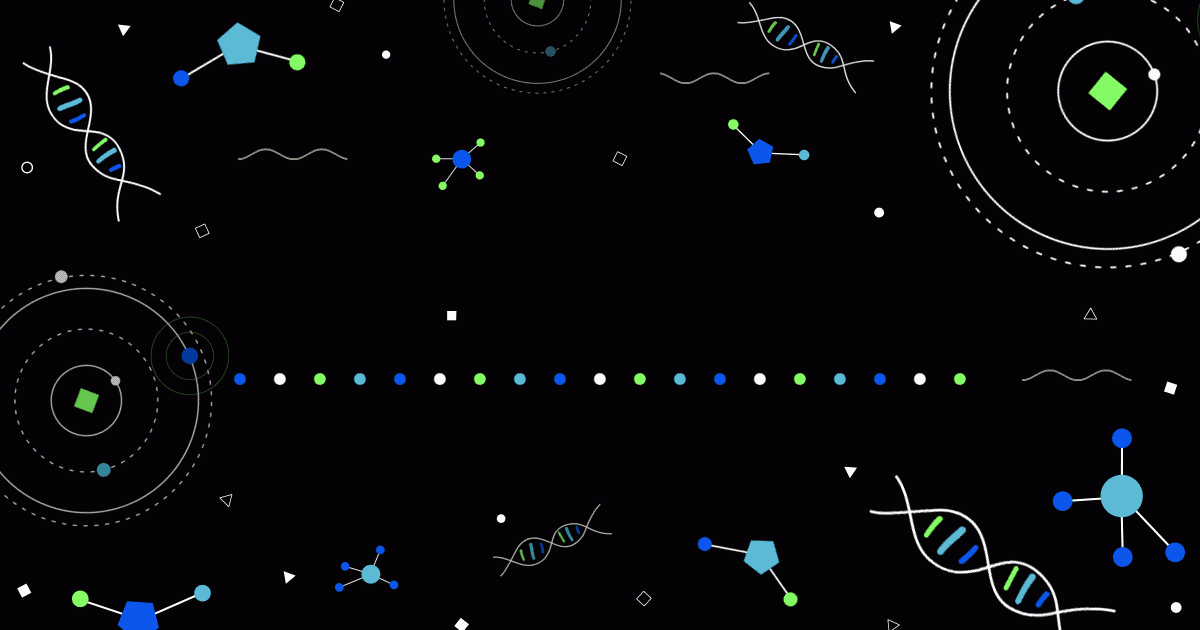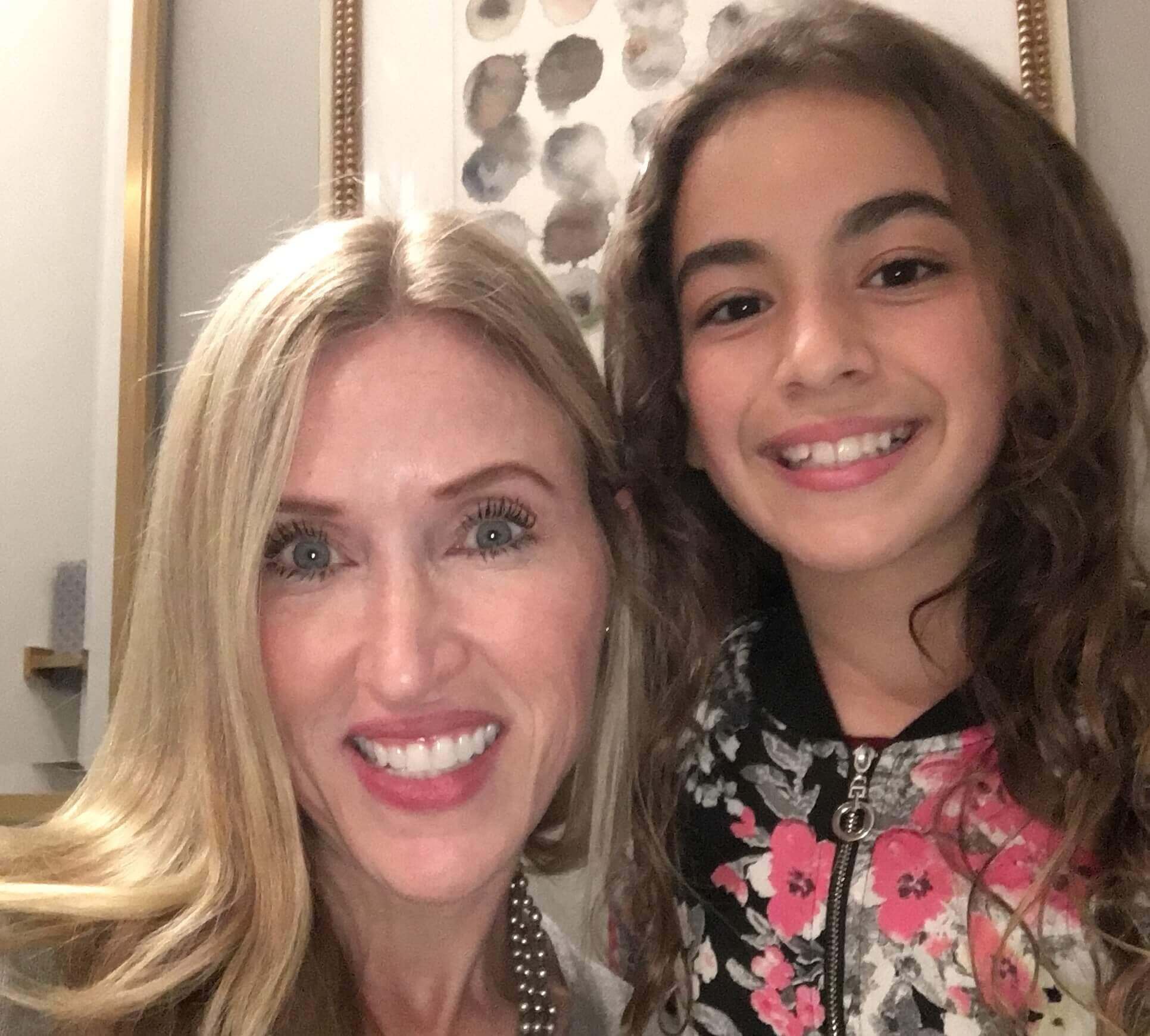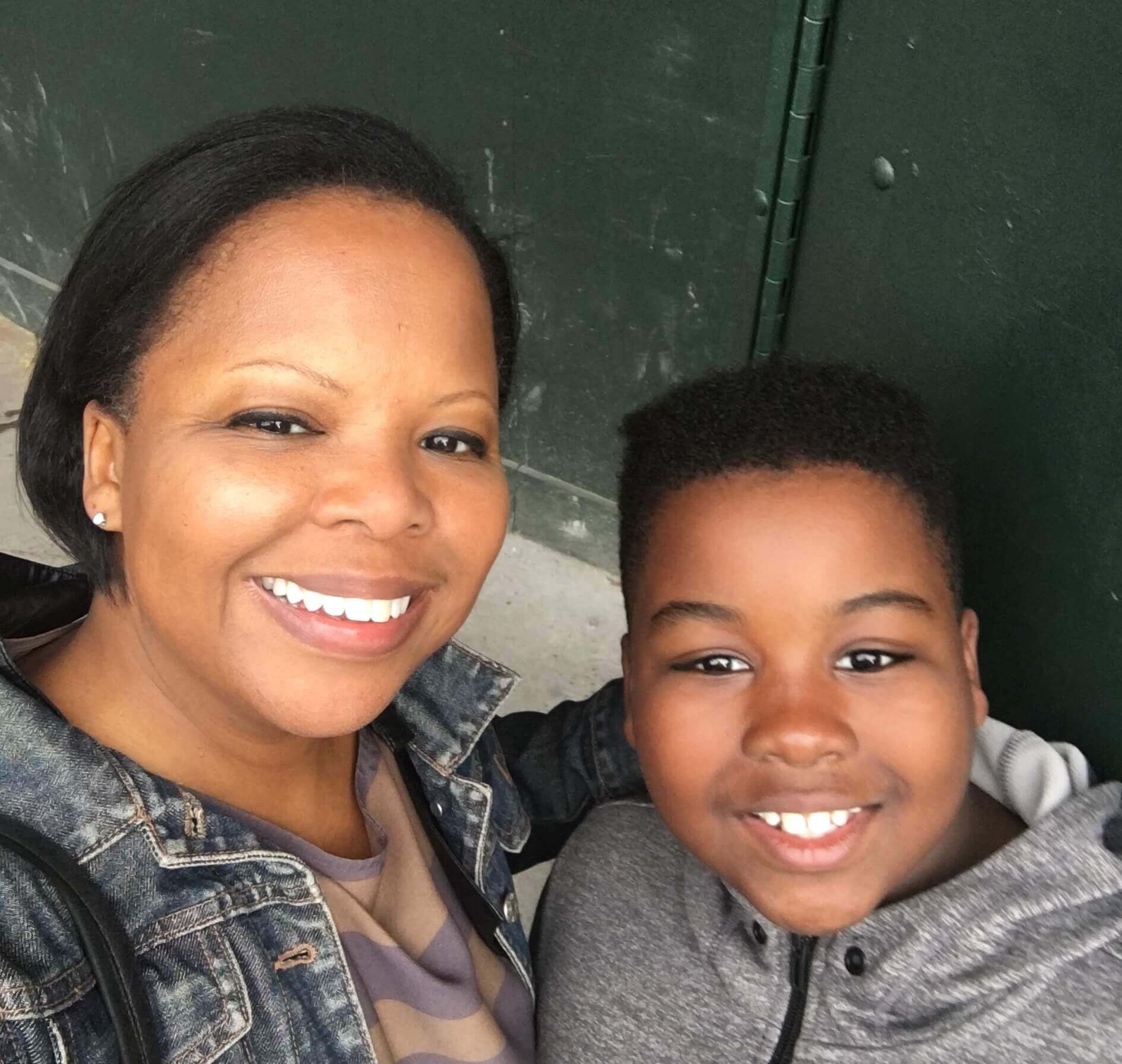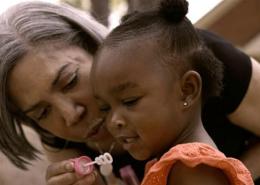Women in Science, Up Close and Personal, Part 4: Next Gen

In the fourth of our series honoring women in science, Pfizer researchers share their suggestions for getting more girls interested in STEM careers.
Efforts to get girls interested in STEM careers have ramped up considerably in recent years, though the jury is still out on which initiatives are most effective. Naturally, scientists love coming up with hypotheses, and Jennifer LaFontaine, Senior Director in Medicinal Chemistry at Pfizer’s R&D site in La Jolla, California, has an intriguing one on why more girls aren’t going into science: They believe they must pursue careers that correspond to their “best” or “easiest” subjects. “It’s important for girls to know that math or science doesn’t have to be the field of study that they’re best at for it to be a good choice,” she says. “I think many times girls choose a path that they feel more confident in, but that doesn’t mean it will be the best or most rewarding career path.”

"It's important for women and girls to know that science doesn't have to be the field of study they're best at for it to be a good choice," says Jennifer LaFontaine, shown here with her daughter.
Getting A's in a specific science or math course is not, in itself, a good predictor of who would make a good scientist, LaFontaine says. “People are surprised that it’s not just technical skills that go into making someone a strong scientist. Great scientists are critical thinkers. They are also great communicators, because even the most elegant science is not compelling unless it’s communicated in a way that’s clear and understandable. And great scientists are effective at working in teams, because scientific achievements are rarely one man or woman’s work. The better someone is at listening to others, asserting an idea convincingly but without being aggressive, and leveraging the individual strengths of team members, the better the scientist they will be.”
Parents, and even teachers, are sometimes unaware of the breadth of scientific jobs. “We need to educate teachers, parents and students on what types of careers are available,” says Suvi Orr, Senior Principal Scientist at Pfizer’s R&D site in La Jolla, California, “and how science is directly or indirectly related to almost everything in life.”
Though most parents and educators are hip to the notion of encouraging girls to problem-solve and play with toys that might have been traditionally considered “just for boys,” gender bias is still pervasive. “Many teachers show unconscious bias in subtle ways,” says Megan Robinson, Director of R&D Scientific Learning at Pfizer’s R&D site in Groton, Connecticut. “They call on girls less for math and science, and they may expect less from them. Perhaps we should be educating middle and high school teachers on STEM careers for women.”

Annaliesa Anderson, shown here with her family, points out the need to identify what may make young girls lose their early interest in science.
“All 10-year-old girls are interested in science,” says Annaliesa Anderson, VP and Chief Scientific Officer for Bacterial Vaccines at Pfizer. “Something happens that makes them lose their interest.” Identifying why interest drops off around middle school should be a priority, Anderson says. It would help if women scientists were more active role models for girls this age, says Arpita Maiti, Senior Director of External Science & Innovation for Inflammation & Immunology and Microbiome at Pfizer’s R&D site in Cambridge, Massachusetts. “Seriously, let’s socialize young girls so they are not afraid to speak up and be smart,” she says. “Let’s show them that being smart, a female and in a STEM career is cool.”
Expanding the narrow stereotypes attached to scientists would help many more girls be able to picture themselves in STEM careers. “Some teachers and parents paint the picture of a scientist as something like Einstein—an older, socially awkward man in a white lab coat doing experiments by himself,” notes Suvi Orr, Senior Principal Scientist at Pfizer in La Jolla, California.
Kelly Knee, Principal Scientist in the Rare Disease Research Unit at Pfizer’s R&D site in Cambridge, Massachusetts, concurs: “There is a perception that scientists are very serious super-geniuses, and unless you are that, you can’t be a scientist. Obviously, that’s not the case. I would like there to be more effort put into demonstrating that scientists are normal people, and that you can have a STEM career and still be interested in art and music and fashion and pop culture. In college, I was a biology major, but I was also the news editor of the campus paper and I played in the orchestra. I try to have a well-rounded life, as I think the majority of scientists do, but I’m not sure that’s the perception the public has us.”

"Women being considered in earnest for scientific roles across all industries is where I'd like to see us land," says Judith Absalon.
In a virtuous circle, the more women scientists rise in the ranks, the more girls will want to follow in their footsteps. “Women being considered in earnest for scientific roles across all industries is where I’d like to see us land,” says Judith Absalon, Senior Medical Director of Vaccines Clinical Research & Development at Pfizer’s R&D site in Pearl River, New York. “Seeing women across the scientific spectrum is the best encouragement for girls.”





